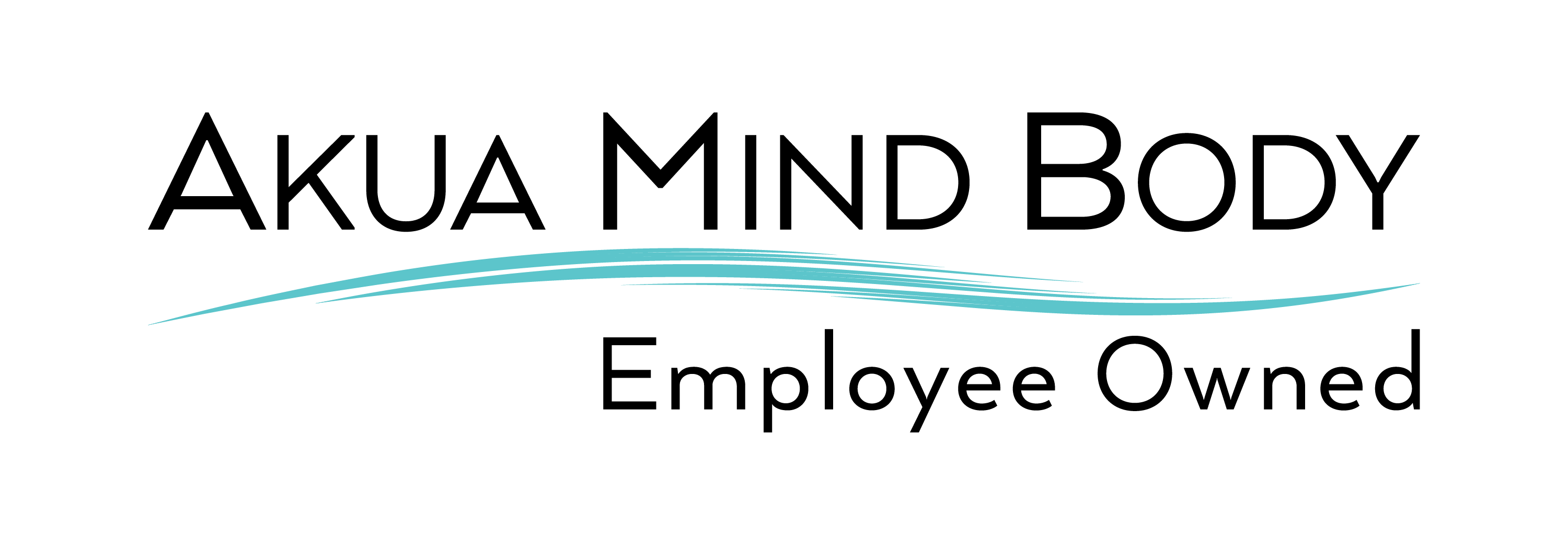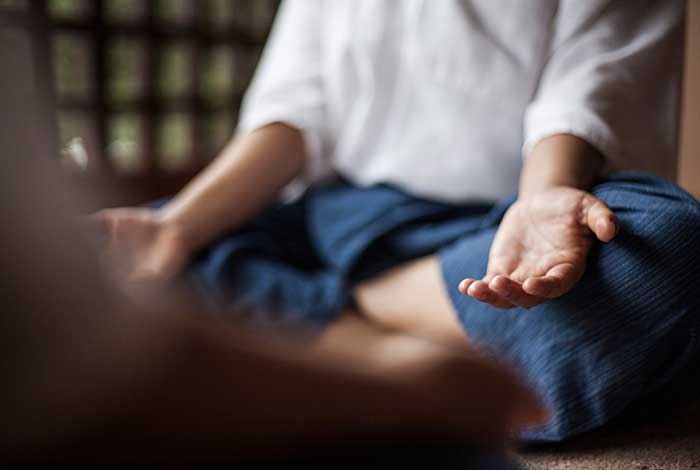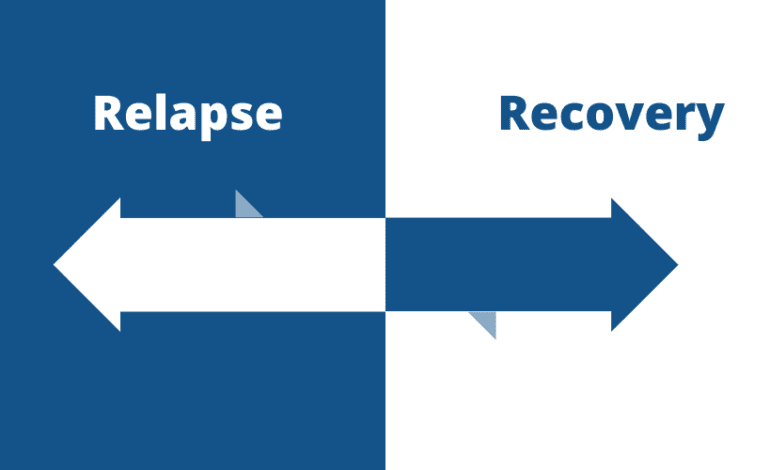“Every October, individuals from across the nation—and around the world—unite with the powerful message that bullying should never be a part of childhood”.
Cyber bullying, workplace bullying, schoolyard bullying, and bullying within intimate relationships are all forms of bullying among children, adolescents, and adults. Back before technology dominated our world, one could hide from their bully by going home, surrounding themself with friends, and engaging in hobbies and activities to take their mind off things. Today, our youth and adults are ridiculed with cyber bullying. Cell phones, computers, and other forms of media are often used to target an individual anonymously, if not 24 hours a day.
Cyber bullying is a popular type of bullying that takes place behind a screen. Cyber bullying uses electronic technology, such as cell phones, computers, tablets, and communication on social media sites, pictures, videos, websites, and fake profiles. The issues with cyber bullying are that in addition to bullying taking place 24/7, the messages can be posted anonymously and distributed quickly to a vast audience.
Statistics associated with cyber bullying
According to the Centers for Disease Control and Prevention (CDC), bullying affects 20% of high school students, and cyber bullying affects 16% of high school students. Surveys compiled by the CDC also show that 33% of students ages 12-18 who reported bullying at school and 27% of students ages 12-18 who reported cyber bullying indicated that they were bullied at least once or twice a month. Middle schools reported the highest rate of bullying (25%), at least once a week.
Short-term effects associated with cyber bullying for the victim
Social isolation
Feelings of shame
Sleep disturbance
Changes in eating habits
Low self-esteem
School avoidance
Symptoms of anxiety
Bedwetting
Higher risk of illness
Psychosomatic symptoms such as stomachaches, headaches, muscle aches, other physical complaints with no known medical cause
Long terms effects associated with cyber bullying for the victim
Low self-esteem
Difficulty establishing trusting, reciprocal friendships and relationships
Eating disorders
Depression
Anxiety
PTSD
Social isolation
Substance abuse
Suicide
Changes in sleep patterns
Violent
Nightmares
Bullies are also affected
Victims of cyber bullying are not the only individuals who may suffer short-term and long-term mental health consequences. Bullies engage in cyber bullying for a reason; maybe they have an underlying mental illness, history of trauma, unstable home life or have previously been bullied themselves. As a result, it is extremely important to immediately address cyberbullying from both victim’s and the bully’s standpoint. Without proper intervention and treatment, cyber bullying can continue into adulthood and result in the following:
Risk of spousal or child abuse
Risk of antisocial behavior\
Substance abuse
Less likely to be educated or employed
One longitudinal study led by a group of scientists in Norway investigated the long-term psychological effects of adolescents. The study results indicated that all groups involved in bullying during adolescence, both bullies and victims, experienced adverse mental health outcomes in adulthood. While the victims showed a high level of depressive symptoms in adulthood, both groups experienced an increased risk of psychiatric hospitalization due to mental health disorders.
STOMP Out bullying
STOMP Out Bullying, a national anti-bullying and cyber bullying program for kids and teens is a signature program of Love Our Children USA, the national nonprofit leader in fighting violence against children since 1999.
Created in 2005, STOMP Out Bullying™ focuses on reducing and preventing bullying, cyber bullying, sexting, and other digital abuse, educating against homophobia, racism, and hatred, decreasing school absenteeism, and deterring violence in schools, online, and in communities across the country.
Childhood cyber bullying has severe effects on both the short and long-term health of children. Immediate intervention and long-term follow-up can help mediate some of these effects. Schools, families, and communities must work together to understand bullying and its consequences and find ways to decrease, and hopefully eradicate, cyber bullying both in schools and communities
Akua Mind & Body treatment
Akua Mind & Body is a full-service treatment program that offers a wide range of “east meets west” treatment modalities for many different populations struggling with mental health and substance use disorders. Akua makes your recovery a priority. Akua Mind & Body treats co-occurring disorders and works diligently with each client and their family to ensure that treatment is specifically tailored to their needs, and not just their disorder.
Akua Mind & Body offers detoxification, intensive treatment programs, and virtual outpatient treatment programs. Akua Mind & Body uses a blend of holistic approaches combined with evidence-based treatment to help individuals who have been affected by substance use and mental health disorders to recognize their underlying triggers and develop healthy coping skills. Regardless of where you are in your recovery process, Akua Mind & Body can help.




